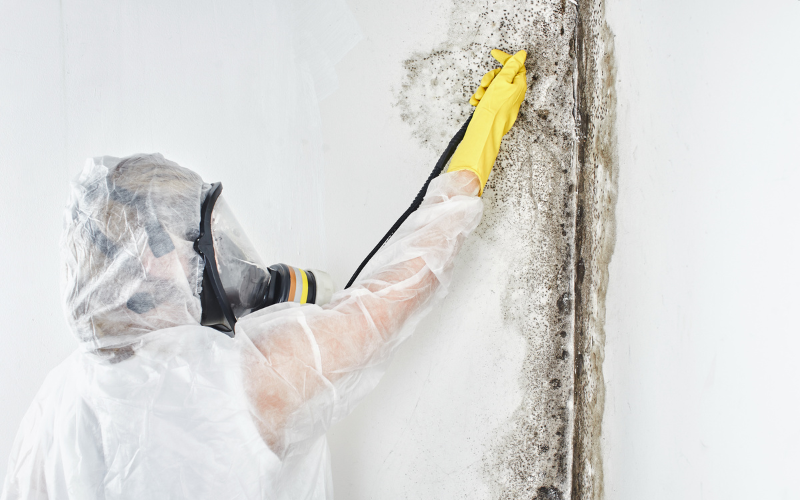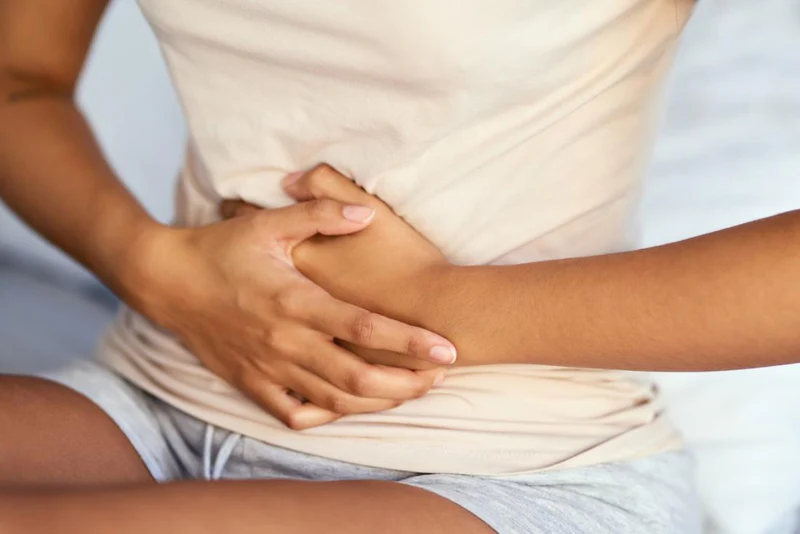Effective Mold Removal in Miami: Your Comprehensive Guide
Living in Miami comes with its fair share of perks—beautiful beaches, vibrant nightlife, and a warm climate. However, the humid subtropical environment also makes it a prime breeding ground for mold. If you’ve noticed that musty smell or spotted unsightly black patches, it’s time to take action. This guide will walk you through everything you need to know about mold removal Miami.
Understanding Mold and Its Risks
What is Mold?
Mold is a type of fungus that thrives in damp, humid environments. It reproduces by releasing spores into the air, which can settle on surfaces and grow into new mold colonies.
Health Risks of Mold Exposure
Mold exposure can lead to several health problems, especially for individuals with allergies, asthma, or compromised immune systems. Some common symptoms include:
- Respiratory issues: Coughing, wheezing, and shortness of breath.
- Allergic reactions: Sneezing, runny nose, and red eyes.
- Skin irritation: Rashes and itching.
Property Damage
Mold can cause significant damage to your property. It can weaken walls, ceilings, and floors, leading to costly repairs. Addressing mold issues promptly is crucial to maintaining a safe and healthy home environment.
Identifying Mold in Your Home
Common Signs of Mold
- Musty Odor: A persistent musty smell is often the first sign of mold.
- Visible Growth: Black, green, or white spots on walls, ceilings, or floors.
- Health Symptoms: Unexplained allergies or respiratory issues.
Where to Look for Mold
Mold thrives in damp, dark places. Common areas to check include:
- Bathrooms: Around the shower, bathtub, and under sinks.
- Kitchens: Under sinks, behind refrigerators, and in pantry areas.
- Basements and Attics: Especially if there are leaks or condensation.
Steps for Effective Mold Removal
1. Initial Inspection and Assessment
The first step in Miami mold removal is a thorough inspection. A professional will assess the extent of the mold growth and identify the source of moisture causing the problem.
2. Containment
To prevent mold spores from spreading to other parts of your home, the affected area must be contained. This involves sealing off the area with plastic sheeting and using negative air pressure machines.
3. Air Filtration
High-efficiency particulate air (HEPA) filters are used to capture mold spores from the air. This step is crucial for improving indoor air quality during the remediation process.
4. Removing Mold-Infested Materials
Professional Mold remediation Miami Beach services will remove and dispose of mold-infested materials such as drywall, insulation, and carpeting.
5. Cleaning and Disinfection
Surfaces are cleaned with specialized antimicrobial and antifungal solutions. This ensures that all mold spores are killed and prevents future growth.
6. Repair and Restoration
After the mold has been removed, the next step is to repair any damage. This can include replacing drywall, painting, and restoring the affected area to its original condition.
Preventing Future Mold Growth
Control Humidity Levels
Maintaining indoor humidity levels below 60% is crucial in Miami's humid climate. Use dehumidifiers and air conditioners to keep humidity in check.
Ensure Proper Ventilation
Proper ventilation in high-moisture areas like bathrooms and kitchens can prevent mold growth. Use exhaust fans and open windows to allow moisture to escape.




Comments
Post a Comment